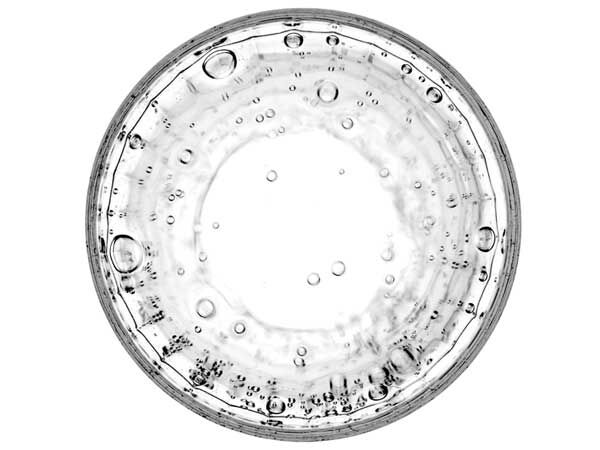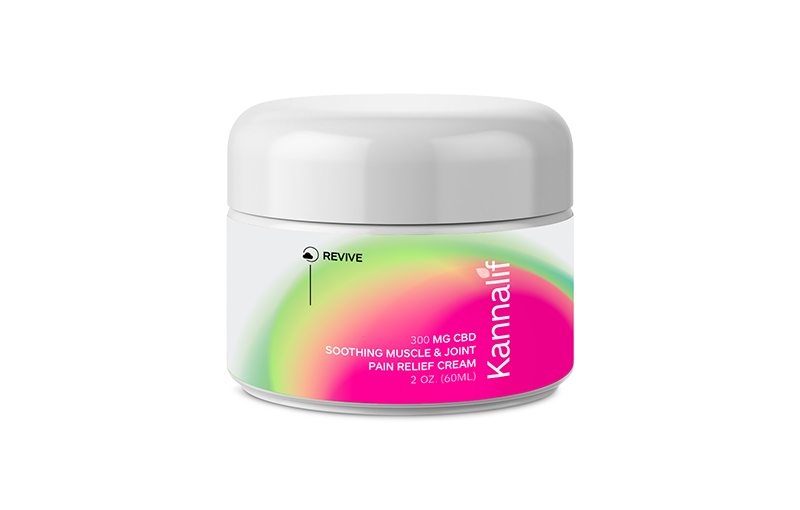Microdosing CBD, Cannaidiol) is a consumption technique that involves taking small servings of CBD supplements throughout the day. Rather than consuming a full day’s serving of CBD at one time, that serving is broken into smaller sizes and taken several times.
 A common problem that many CBD users face is they don’t know what the proper dosage they should be taking. As a result many users end up taking a high milligrams dose of CBD and this is completely unnecessary. The fact is only a little bit of CBD will get you to where you need to be and help your body maintain homeostasis. This is why microdosing CBD is becoming a popular option.
A common problem that many CBD users face is they don’t know what the proper dosage they should be taking. As a result many users end up taking a high milligrams dose of CBD and this is completely unnecessary. The fact is only a little bit of CBD will get you to where you need to be and help your body maintain homeostasis. This is why microdosing CBD is becoming a popular option.
Once you’ve decided which form of CBD to use, you can figure out a dosing schedule. That schedule will depend on which form of CBD you’re using, what specific purpose you’re using it for, and what time of day you begin taking CBD.
Homeostasis is a term used to describe the process of maintaining internal balance in an ever-changing external environment. In humans, homeostasis refers to a plethora of individual yet interdependent processes that ultimately keep our bodies functioning properly.
Do you suffer from any of these types of pain?
- Back Pain
- Neck Pain
- Knee Pain
- Elbow Pain
- Shoulder Pain
- Lower Back Pain
Our Soothing CBD Muscle Cream may be able to help!
Homeostasis and the endocannabinoid system
The endocannabinoid system (or ECS) is a complex physiological system present in all mammals. Recent research has highlighted the complexity of the endocannabinoid system and suggests it is involved in managing various homeostatic processes.
There is a solid body of research exploring the role of the endocannabinoid system. Up until now, studies show that it is involved in managing pain, inflammation, immune response, appetite, metabolism, memory, mood and emotion, and much more.
The endocannabinoid system is made up of 3 main components:
1. Cannabinoid receptors (such as CB1 and CB2), which are found in various sites around the brain and body, as well as in specific cells of the immune system.
2. Endocannabinoids like anandamide and 2-AG which are produced in the brain and bind to either of the 2 cannabinoid receptors.
3. Metabolic enzymes that break up endocannabinoids after they’ve been used. The two main enzymes in the endocannabinoid system ar FAAH, which breaks down anandamide, and MAGL, which breaks down 2-AG
Unlike other molecules in the body, anandamide and 2-AG are synthesized and used when they’re needed, not produced and stored to be used later.
How can CBD promote homeostasis?
CBD is a natural compound derived from hemp. Unlike some other plant-derived cannabinoids, CBD doesn’t actually fit into any of the cannabinoid receptors in the body. However, it is still able to stimulate activity in the receptors without directly binding to them.

Instead of binding either to CB1 or CB2 receptors, CBD has 2 very unique effects on the body. First, it promotes the synthesis of 2-AG which, in turn, stimulates activity in the receptors. Secondly, studies show that CBD also inhibits the activity of FAAH, the enzyme responsible for breaking down anandamide.
CBD has been shown to bind another G-protein coupled receptor known as TRPV-1. This receptor is known to play an active role in regulating body temperature as well as pain and inflammation.
By interacting with TRPV-1 and provoking an increase in both anandamide and 2-AG, CBD indirectly promotes healthy endocannabinoid activity. And since the endocannabinoid system is directly involved in so many homeostatic processes, CBD may help give your system the boost it needs in order to continue functioning properly.
CBD microdosing?
 Let’s assume that each morning you have been consuming 30 mg of CBD for your insomnia, anxiety, chronic pain or other condition.
Let’s assume that each morning you have been consuming 30 mg of CBD for your insomnia, anxiety, chronic pain or other condition.
With microdosing, you may break down your full day’s dosage of 30 mg into five individual 6 mg doses that you take in the morning, at lunchtime, in the middle of the afternoon, with supper, and right before you retire to bed.
Note that the eventual dose doesn’t actually change because you are still delivering 30 mg CBD into your body by the end of the day. The biggest difference can be seen in the effects you will feel.
Usually, if you take the whole day’s dosage of 30 mg in the morning, the effects will start wearing off sometime in the afternoon.
What happens to your pain, anxiety, epilepsy or muscle spasm during the rest of the day?
The active life of CBD oil – the period during which you will genuinely experience the effects of cannabidiol – ranges from 2 to 4 hours, depending on the method of consumption.
By this logic, when you microdose on CBD oil, you will spread the therapeutic effects of CBD over the day.
